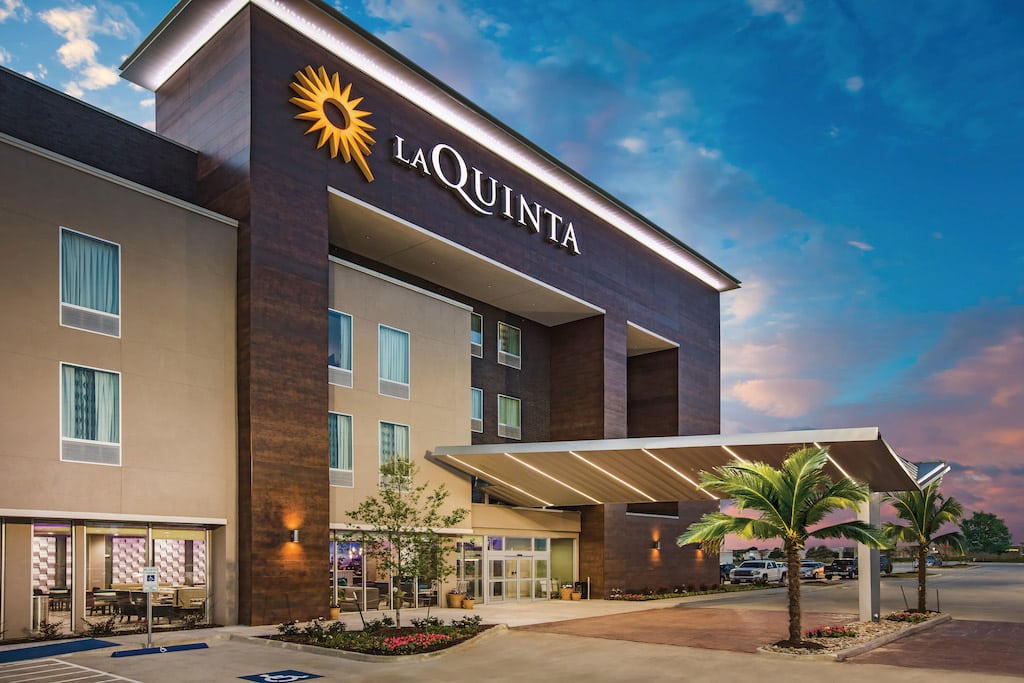Wyndham Hotels CEO on Life After Company Split: 'La Quinta Will Be Transformational'

Skift Take
In the hospitality business, the big are getting bigger — and, we hope, getting smarter about how they communicate that to consumers, and how they keep their hotel owners and franchisees happy. This points transfer and status match between Wyndham and La Quinta is a good start.
Wyndham Worldwide on June 2 completed its spinoff of Wyndham Destinations, and in doing so, created the newly formed hotel company, Wyndham Hotels & Resorts — home to 20 brands that include Super 8, Days Inn, Ramada, Dolce Hotels, Microtel, and now, La Quinta.
Led by CEO Geoff Ballotti, the new Wyndham Hotels & Resorts is no longer part of a massive hospitality company that once included timeshares and vacation rentals. Now it is its own franchise-led company made up of nearly 9,000 hotels, or 790,000 rooms, in 80 countries worldwide.
Ballotti, who has been CEO of Wyndham Hotel Group since 2014 and was previously CEO of the Wyndham Destination Network from 2008 to 2014, said the biggest advantage of the spinoff is the opportunity for growth that it provides, and the value that it's created for Wyndham's shareholders.
"This is really unlocking the value of what is by far and away, the most powerful, largest hotel franchise company with the best portfolio of best known brands on the planet," Ballotti said. "Think about the value that we've created for shareholders. When you think about the multiples that we'll be trading at and when you think about how that will allow us to grow and do, as we've done, creative deals like AmericInn, and like La Quinta — it's incredible."
And going forward, Ballotti made it clear that he wants to seize this opportunity to continue his strategy for Wyndham he's pursued the past four years.
"We are now able to tell our own story as opposed to being one of three great businesses in one of the world's largest hospitality companies," he said. "Being on our own has all of those strengths, we believe, when it comes to being able to continue to focus on the three things that have mattered most to us over the last f
